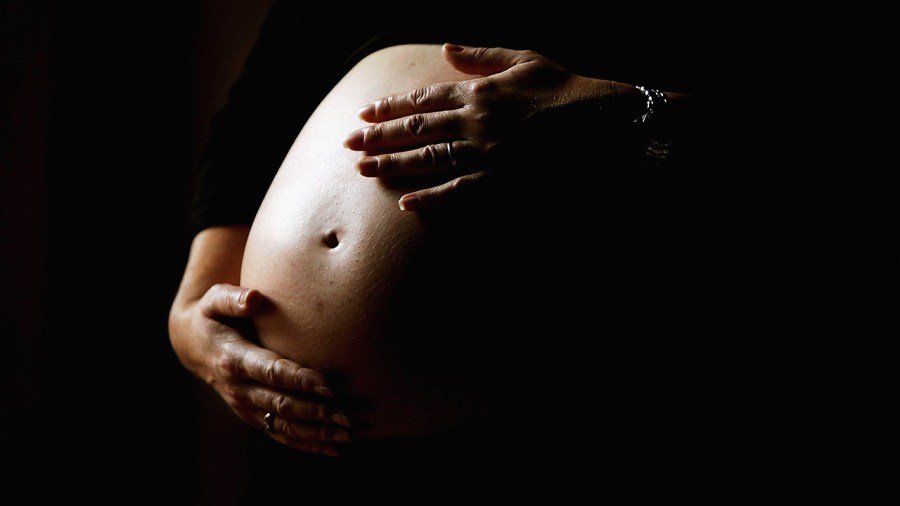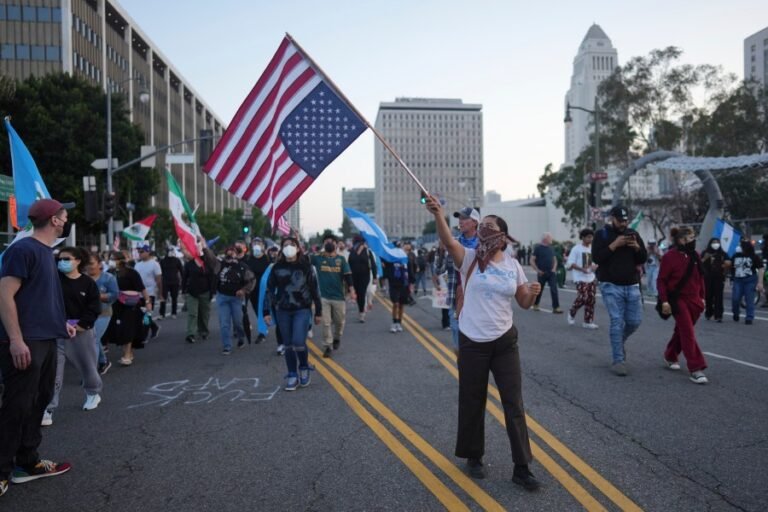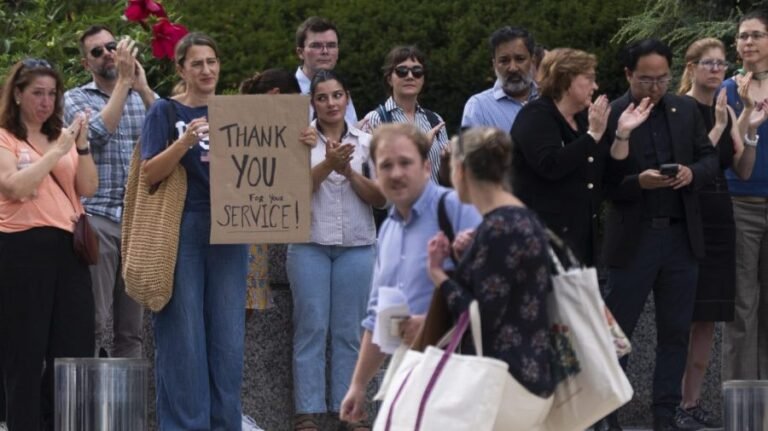
On Jan. 20, 2025, newly reelected President Trump issued an executive order ending birthright citizenship.
The order, which will affect the children of designated parents who are born more than 30 days after the order was published, declares that the 14th Amendment’s birthright citizenship provision does not apply to children born in the United States if their mother is an undocumented immigrant and their father is not a citizen or lawful permanent resident, or (2) the mother’s immigration status is lawful but only temporary and the father is not a citizen or a lawful permanent resident.
People objecting to that provision have filed lawsuits in U.S. district courts, claiming that it is unconstitutional. Three of the courts issued universal injunctions to prevent Trump from implementing his executive order during the course of the litigation. These injunctions barred federal officials from applying the order to anyone, not just to the plaintiffs in the three suits.
Then the Supreme Court granted a request from the Trump administration to stay the injunctions, “but only to the extent that the injunctions are broader than necessary to provide complete relief to each plaintiff with standing to sue.” The high court’s decision did not address the claim that Trump’s order violates the 14th Amendment, leaving it up to the three district courts to make the initial decision on that issue.
If the Supreme Court later chooses to render a decision there, will it hold that the provision is unconstitutional? That may depend on whether the justices view the Constitution as “a living document that must adapt to contemporary realities to remain relevant and effective.” The U.S., after all, is a very different place now than it was when the 14th Amendment was first passed.
Birthright citizenship, also known as jus soli (right of the soil), is relatively uncommon. There are 195 countries in the world, and only 30 of them have it — just 15 percent. Most of the countries with birthright citizenship are in North and South America.
John Skrentny, a sociology professor at the University of California, claims that birthright citizenship was established in the colonial days to build nation-states. It encouraged immigration from Europe, and ensured that “indigenous populations and former slaves, and their children, would be included as full members, and not left stateless.” Skrentny concludes that it “was a particular strategy for a particular time, and that time may have passed.”
The framers of the U.S. Constitution did not define “citizenship” at all. However, the Naturalization Act of 1790 established a definition for citizenship by naturalization, providing that only property owners could become citizens.
Seventy-six years later, the United States enacted the Civil Rights Act of 1866, granting voting rights to African American men. The first section states “[t]hat all persons born in the United States and not subject to any foreign power … are hereby declared to be citizens of the United States; and such citizens, of every race and color, without regard to any previous condition of slavery or involuntary servitude … shall have the same right[s] … as is enjoyed by white citizens.”
This was followed in 1868 by the ratification of the 14th Amendment, which was intended to repeal the Supreme Court’s 1857 decision in Dred Scott v. Sandford in which the court held that “a negro, whose ancestors were imported into [the U.S.], and sold as slaves,” could not be an American citizen.” The amendment provides that, “All persons born or naturalized in the United States, and subject to the jurisdiction thereof, are citizens of the United States and of the state wherein they reside.”
Personally, I don’t see much similarity between granting citizenship to former slaves who lived and worked here for many years and granting it to the children of undocumented immigrants who entered the U.S. in violation of our laws and may have just arrived.
The Supreme Court did rule on a birthright citizenship case in 1898, U.S. v. Wong Kim Ark. But the court stated that it was deciding a single issue — specifically, “whether a child born in the United States, of parents of Chinese descent, who, at the time of his birth, are subjects of the Emperor of China, but have a permanent domicil and residence in the United States … becomes at the time of his birth a citizen of the United States.”
Former Chief Justice John Marshall in 1819 expressed the view that the Constitution is a living document when he said it is “intended to endure for ages to come, and consequently, to be adapted to the various crises of human affairs.” If current Supreme Court justices see the Constitution that way, they will interpret the birthright citizenship provision in a way that adapts it to current circumstances, such as an illegal immigration crisis that has overwhelmed our immigration courts, causing a four- to five-year waits for hearings and birth tourism.
Birth tourism refers to pregnant women coming to the U.S. as nonimmigrant visitors when their real intention is just to give birth to a baby in the U.S. to make it a U.S. citizen. Getting visas under false pretenses makes their entry and their stay in the U.S. illegal. According to Congressman Chip Roy (R-Texas), chairman of the House Constitution subcommittee, birth tourism occurs between 124,000 and 300,000 times a year.
These problems did not yet exist when the 14th Amendment was written or when its provisions were debated.
Nolan Rappaport was detailed to the House Judiciary Committee as an Executive Branch Immigration Law Expert for three years. He subsequently served as an immigration counsel for the Subcommittee on Immigration, Border Security and Claims for four years. Prior to working on the Judiciary Committee, he wrote decisions for the Board of Immigration Appeals for 20 years.






